Quando si tratta di produzione farmaceutica, qualità e conformità non sono solo obiettivi, sono necessità. Ogni fase del processo deve soddisfare standard rigorosi per garantire la sicurezza e l'efficacia del prodotto. Una componente critica del mantenimento di questi standard è la qualificazione delle apparecchiature. Ma cosa significa e perché è così importante? Immergiamoci ed esploriamo.
La qualificazione dell'attrezzatura verifica che un pezzo di attrezzatura funzioni come previsto e produca costantemente risultati affidabili. Nel settore farmaceutico, non è sufficiente che l'attrezzatura funzioni semplicemente; deve operare entro linee guida rigorose per garantire la conformità con Buone pratiche di fabbricazione (GMP).

La qualificazione dimostra che l'attrezzatura è installata correttamente, funziona come progettato e funziona efficacemente in condizioni reali. È una pietra angolare della garanzia della qualità e svolge un ruolo chiave nella salvaguardia della sicurezza del paziente.
rigoroso enti di regolamentazione come FDA, EMA, MHRA e WHO governano la produzione farmaceutica. Queste agenzie impongono la qualificazione delle attrezzature per garantire che i prodotti siano costantemente sicuri, efficaci e privi di contaminazione.

Senza le dovute qualifiche, un produttore o un utilizzatore di apparecchiature farmaceutiche rischia la non conformità, con conseguenti sanzioni, richiami o chiusure.
Le GMP richiedono che tutte le apparecchiature farmaceutiche siano adatte all'uso previsto. La qualificazione garantisce che ogni pezzo di apparecchiatura, dai miscelatori ai presse per compresse—soddisfa questi standard, riducendo al minimo i rischi e mantenendo l'integrità del prodotto. Non è solo un obbligo normativo; è una garanzia di qualità.
Il processo di qualificazione in ambito farmaceutico è metodico e approfondito. Comprende:


DQ assicura che la progettazione dell'attrezzatura soddisfi specifiche predefinite e requisiti normativi. Durante questa fase, i produttori di attrezzature farmaceutiche forniscono documentazione dettagliata, inclusi disegni, specifiche tecniche e requisiti utente.
IQ verifica che l'attrezzatura sia installata correttamente e aderisca alle linee guida del produttore. Questa fase comprende:
OQ conferma che l'apparecchiatura funziona come previsto entro parametri specificati. I test vengono condotti per garantire:
PQ convalida che l'attrezzatura produca costantemente risultati di qualità in condizioni reali. Questa fase comporta l'esecuzione dell'attrezzatura con materiali di produzione effettivi per confermare affidabilità e prestazioni.
I documenti di qualificazione sono la spina dorsale del processo. Includono:

Tali registrazioni dimostrano la conformità e garantiscono la tracciabilità, rendendole fondamentali durante audit e ispezioni.
Una volta completata la qualificazione, l'attrezzatura è pronta per la produzione convalidata. Tuttavia, il lavoro non finisce qui:
Sebbene spesso utilizzati in modo intercambiabile, qualificazione e convalida hanno scopi distinti:

Considerate la qualificazione come un elemento costitutivo di un processo di convalida più ampio.
La qualificazione delle apparecchiature non è solo una casella di controllo normativa, ma un passaggio fondamentale per garantire:

Per qualsiasi produttore o utilizzatore di apparecchiature farmaceutiche, la qualificazione rappresenta un investimento sia in termini di conformità che di successo a lungo termine.
Nel settore farmaceutico, dove precisione e sicurezza sono fondamentali, la qualificazione delle attrezzature è essenziale. Garantisce che le attrezzature farmaceutiche funzionino in modo affidabile, siano conformi alle normative e producano prodotti di alta qualità. Seguendo un processo di qualificazione strutturato e mantenendo una documentazione adeguata, i produttori possono salvaguardare sia le loro operazioni sia la salute dei loro clienti.
Che tu stia installando nuove apparecchiature o riqualificando macchinari esistenti, lavorare con un produttore di apparecchiature farmaceutiche di fiducia assicura che il processo sia fluido e conforme. Alla fine, la qualificazione delle apparecchiature è più di una necessità: è il fondamento della qualità e della conformità nella produzione farmaceutica.
Vuoi garantire conformità e qualità con le tue apparecchiature farmaceutiche? Canaan offre soluzioni leader del settore su misura per le tue esigenze. Contattaci oggi per saperne di più!
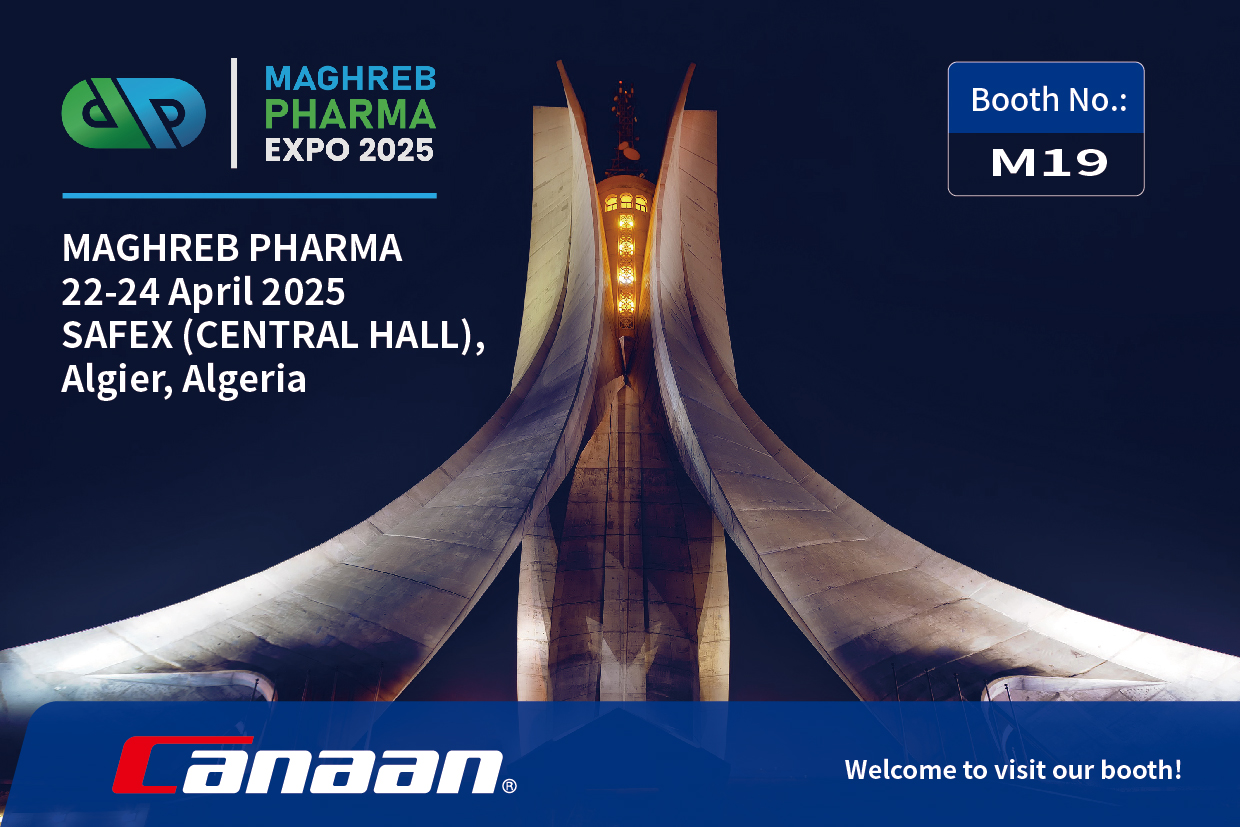
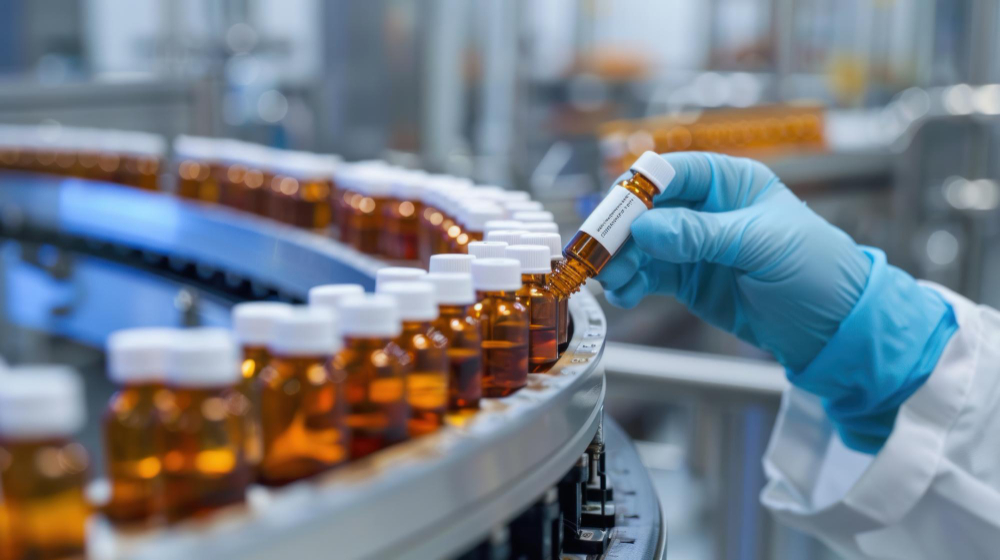
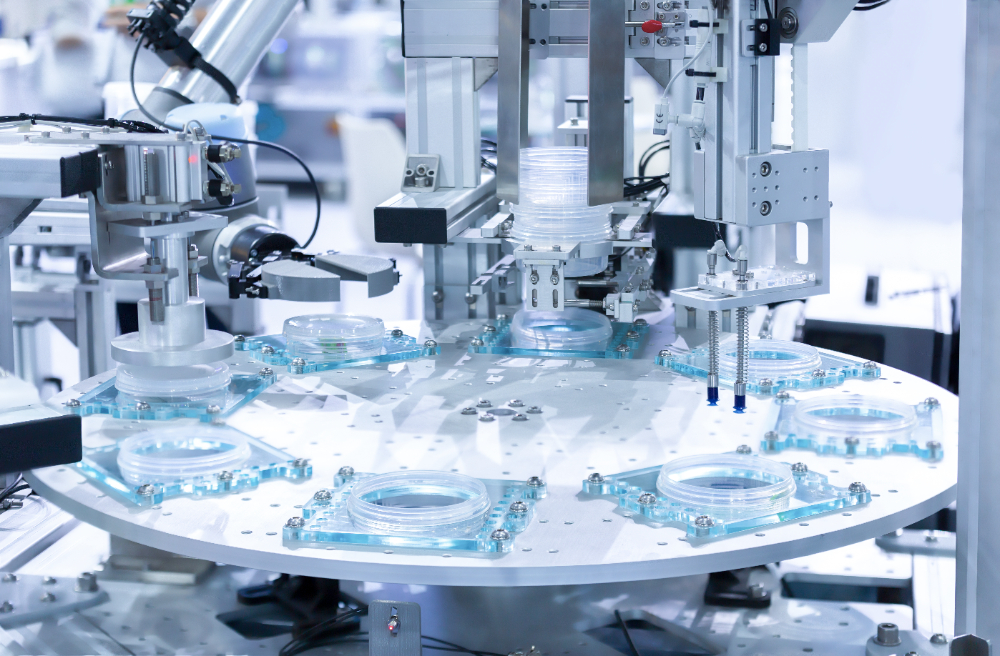

La produzione di prodotti farmaceutici dovrebbe essere sempre presa sul serio. In altre parole, ogni processo deve rispettare gli standard più rigorosi e elevati. Questo è il motivo per cui i produttori preferiscono affidarsi a un appaltatore EPC. Gli appaltatori che lavorano con contratti EPC garantiranno risultati della migliore qualità, indipendentemente da ciò che accade, concentrandosi sulla costruzione del […]
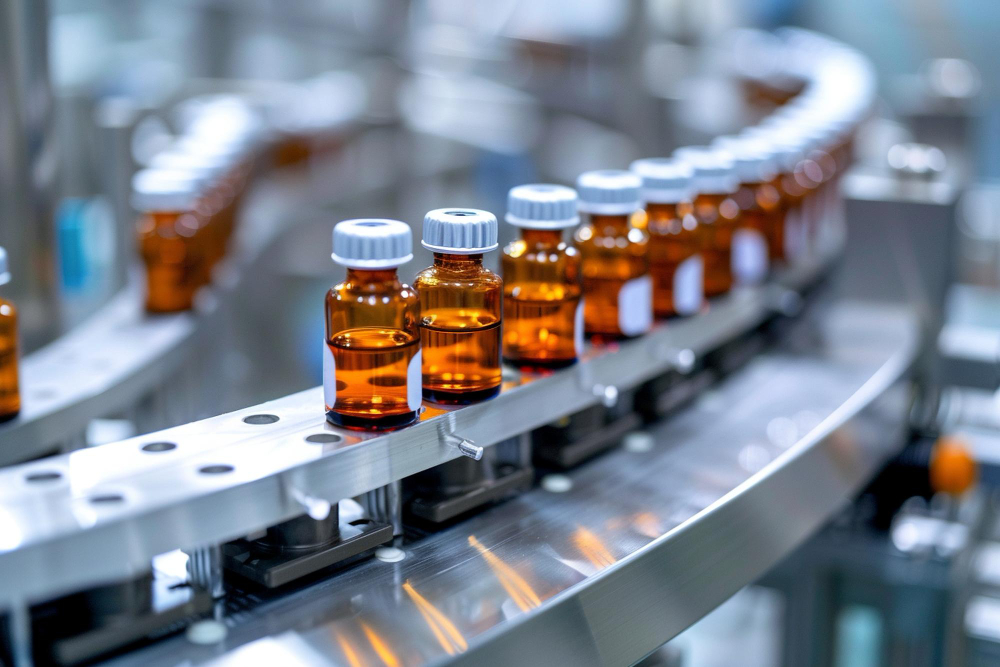
Esplora l'importanza dei contratti EPC nella produzione farmaceutica. Scopri come funziona l'EPC, i suoi vantaggi e perché scegliere un appaltatore EPC può garantire il successo del progetto con le attrezzature Canaan, leader del settore.
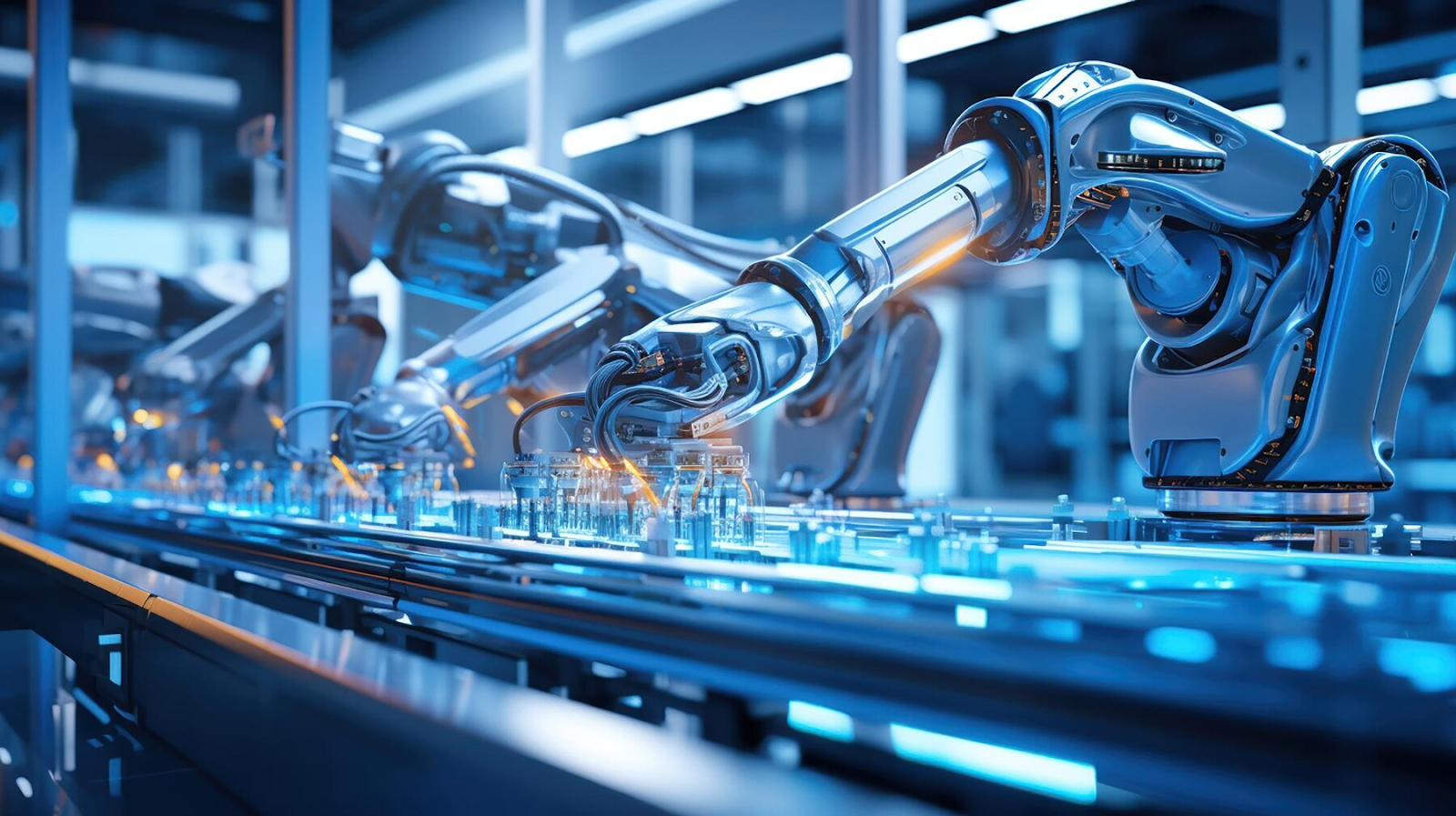
Scopri come SCADA e PLC migliorano l'automazione nel settore farmaceutico. Scopri i loro ruoli, i vantaggi e come la tecnologia avanzata di Canaan migliora l'efficienza e la sicurezza.